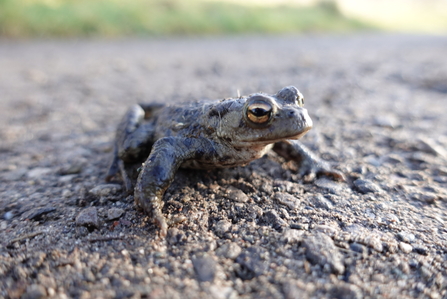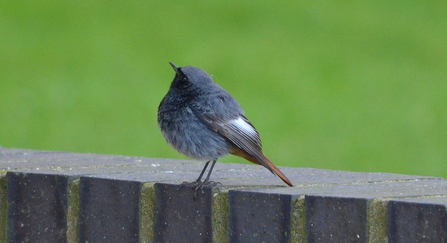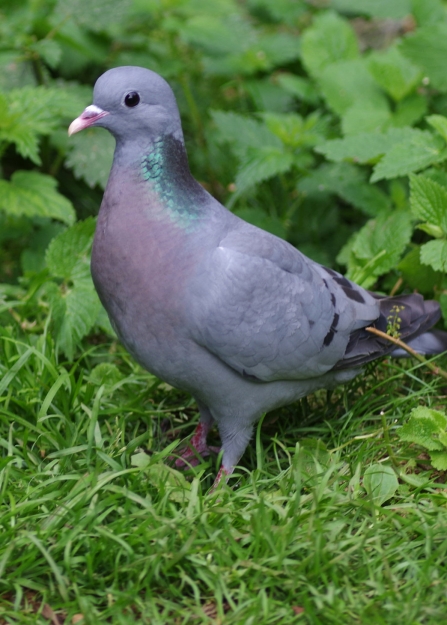From the woods and lakes of Brockholes to the coastal wildlife refuge of Middleton Nature Reserve, there was so much wildlife to see across Lancashire, Greater Manchester and North Merseyside.
Mere Sands Wood
Though the visitor centre and car park at Mere Sands Wood were closed throughout January, it was still great to see people making an effort to reach the reserve on foot. Visitors reported seeing little egrets, shovelers, gadwall and little grebes on the lakes, where the pace of life was tranquil and relaxed. One of our Conservation Operatives even watched a marsh harrier flying over the visitor centre whilst carrying out the work on the reserve’s entranceway. And we have some brilliant news – despite the distractions from marsh harriers, the visitor centre and car park are now open again! We can’t wait to welcome you all back to the reserve, which will soon have a much sturdier entrance bridge and some brand new ponds.




